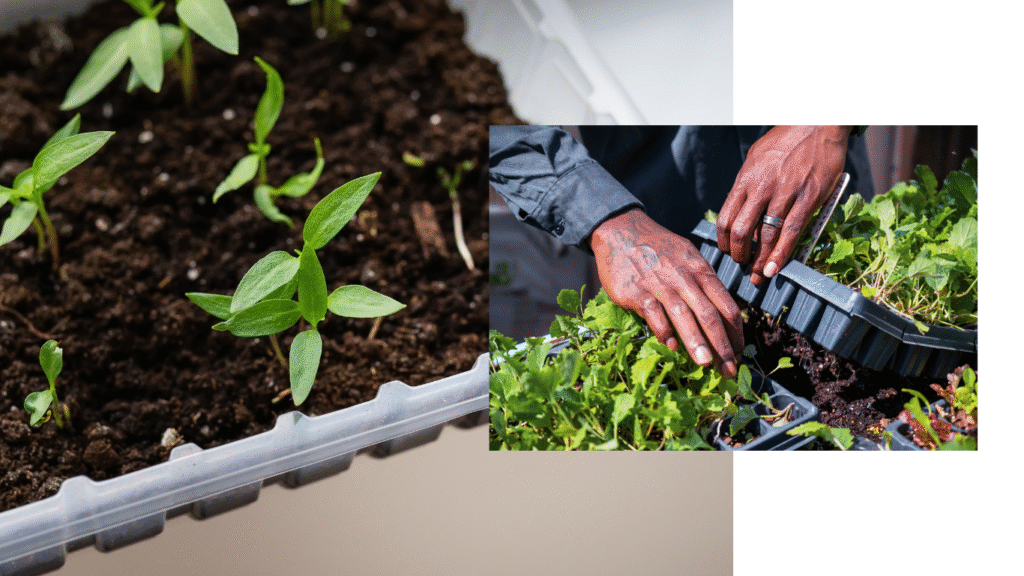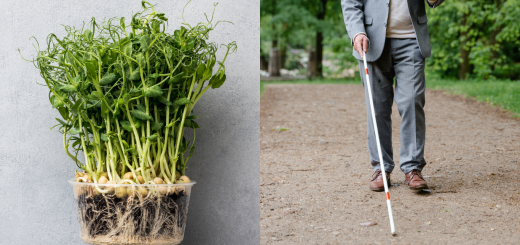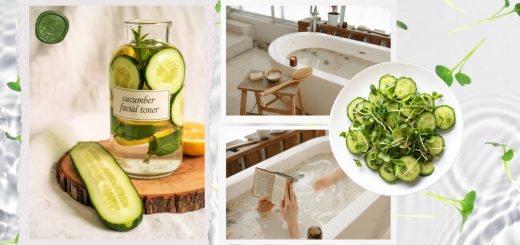Microgreens trays: types and uses guide II

Hi everyone, we’re back!
We continue our research on microgreens growing trays. In the first part, we analyzed the basic types of trays: with holes, without holes, mesh trays, and trays of different depths. In this second part, we’ll focus on materials, formats, sizes, and specific recommendations depending on the species. We’ll also share our own experience using trays for growing microgreens.
Let’s get to it!
Materials
Microgreen trays should be sturdy, safe, and easy to clean. The most common materials are:
• Food grade plastic (PP or HDPE): durable, reusable, and easy to disinfect. It’s the standard in most commercial productions.
• Compostable or biodegradable trays: made from plant fibers or natural starches. Ideal for short cycles and for those seeking sustainable options.
• Metal or stainless steel: less common but very durable. Typically used in automated or industrial systems.
Whatever the material, it’s important to avoid thin disposable plastics that deform or break easily after a few uses. We used this type of tray during our initial test plantings, as we mentioned in the first part.
Most common sizes and formats
Standard tray sizes are usually expressed in inches, though we’ll also include their equivalents in centimeters.
5×5 inch trays (13×13 cm) are mainly used for tests, samples, or direct-to-consumer sales. They’re easy to handle and can be placed inside larger trays, making them very practical for small-scale or experimental work.
10×10 inch trays (25×25 cm) are the most common for home or semi-professional growing, as they offer a good balance between space and ease of handling.
Meanwhile, 10×20 inch trays (25×50 cm) are mainly used in commercial production, since they allow for higher crop density and are compatible with most shelving systems.
Choosing according to the species
As you know, each microgreen species has specific needs. Some have longer roots and require more space; others have shorter roots. Some need higher humidity, others less. Therefore, they need specialized trays suited to their growth.
• Small seeds such as arugula, mustard, or kale need shallow trays with small drainage holes.
• Larger seeds like sunflower, pea, or wheat require mesh trays or trays with wider holes and greater depth.
• For delicate microgreens, such as basil or amaranth, solid trays are best during the first days of germination, followed by draining trays once they are exposed to light.
Designing an efficient system
When setting up your growing system, keep in mind…
• Maintain three active phases: germination, growth, and harvest.
• Stack trays on vertical racks with LED lights between levels.
• Use solid trays on the lower levels to collect drainage.
• Plan tray rotation to have staggered harvests every few days.
Advantages and disadvantages of each type
Trays with holes provide good drainage, which helps prevent root waterlogging. However, care should be taken if the holes are too large, as the growing medium may leak out.
Trays without holes allow for bottom watering, which can be useful in certain systems. Still, they shouldn’t be used alone, as they can retain too much water and cause root rot.
Mesh containers provide excellent aeration, promoting healthy root development. On the downside, they tend to dry out quickly and require more frequent watering.
Shallow containers save growing medium and are ideal for crops with short roots. However, they are not suitable for tall or deep rooted species.
Finally, deep containers are perfect for larger species, as they provide enough space for root growth. Their main drawback is that they require more growing medium, which increases both cost and weight.
In conclusion, as we’ve learned from these two articles, choosing the ideal tray for growing microgreens depends on three factors: the microgreen species, the production scale (whether for home use or commercial purposes), and the watering method. We’ve also seen that combining trays with and without holes, choosing the right depth, and investing in durable materials ensures a more prolific crop.
Likewise, this helps save water and time, optimize growing space, and ultimately become more efficient.
We hope you’ve enjoyed this topic and, most importantly, found it useful.
See you next time friends!
Carlota
SOURCES
Bootstrap Farmer. (2025, June 27). What trays do you need for microgreens and propagation? Retrieved from https://www.bootstrapfarmer.com/blogs/microgreens/what-trays-do-you-need-for-microgreens-and-propagation?srsltid=AfmBOop9U9F50ZX5noIPHfOz0iqw_87ApVcz9iy8yLYcRiPU_Kml2YQS
HerbSpeak. Microgreen trays compared. Retrieved from https://herbspeak.com/microgreen-trays-compared/
HomeMicrogreens. Choosing microgreen trays. Retrieved from https://homemicrogreens.com/choosing-microgreen-trays/
Lake, J. A. Microgreen production: An evaluation of types of growing media [Manuscript]. Mountain Scholar. Retrieved from https://mountainscholar.org/items/96a13265-78a0-488d-9461-2c60ce1e9d89
MP Seeds. Top trays for microgreens. Retrieved from https://mpseeds.eu/top-trays-for-microgreens







